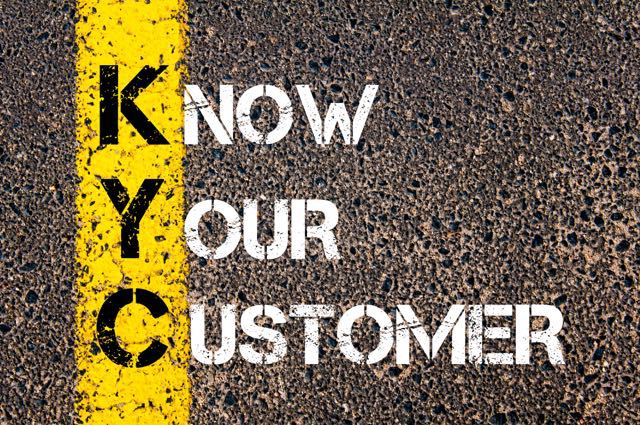Know your customers

How to grow your E-commerce Business
August 11, 2017
Effective use of discounts by e-commerce
August 24, 2017Know your customers
As owners of e-commerce sites, our major concerns are making good sales, making enough profits to keep us running, and doing well to compete as much as possible.
We put in place all kinds of strategies to increase sales, multiply profits, and to ensure that we keep a fair share of the total market value. We usually tend to focus more on the later to the extent that we forget who makes all these possible.
The one question I want to ask is do we know very well, how the person we put in strategies to attract behave? I am talking about this because, many of us start implementing sales strategies that seem to be targeted at no body in particular. It looks like you are advertising because people are advertising.
Good sales policies look that good because they have focus (target audience), are tailor made (specifically designed for the target audience), and have quality content (the right information that the target audience are looking for). The truth is you can’t develop such sales strategies, if you don’t even know who your target is and how he/she behaves.
This is the reason why I have put together this article; know your customers. This will help you as an ecommerce site owner to know your customer. When you know why he/she makes certain decisions, it will help you plan your campaigns well. I won’t be going deep in to consumer behavior, but I will try to be as simple as possible in painting a clear picture of an online customer.
Who is an online customer?
A person, or a group of persons, a company that buy online. As an ecommerce website owner, anyone who is able to use the internet is a potential customer.
Why would someone want to buy online?
There are many reasons why people buy online. These include convenience, cheaper prices, easy access comparison, and easy access to research information about products and service. We are at a digital age and everything and everyone else is moving digital.
What does the online customer do before buying?
According to recent research, 81 percent of shoppers conduct online research before they make a purchase. 60 percent begin by using a search engine to find the products they want, and 61 percent will read product reviews before making any purchase. On average, a consumer will visit three stores before making their purchase
This means that, they will most of the time;
- Find the products they want through search engines like google, MSN, Yahoo etc.
- Research about the product they want to buy. They will try to find out more information about the products they want to buy.
- Find at least three different online stores that offer the same product. This will help them compare prices, product standard, quality, and trust. The higher rating your store gets in the later, the more likely they will buy from you.
- Read reviews and comments from previous users of the product or services. This is a way of evaluating the credibility of your site as well as the product offered.
- The courier services to deliver their order.
- If they are satisfied or convinced about all the above then they will make a purchase.
With these in mind, you can now tell that your customer is someone who is;
- Skeptic about where to buy from
- Looking for better alternatives
- Looking for cheaper prices
- Looking for convenience and easy accessibility
- Looking for better treatment in terms of customer service.
I am writing this from the layman’s point of view, so that we can avoid as much as possible the technical terms that usually confuse us. Knowing who the person you are selling your products to and what he/she wants is what is important. This is because;
- It will help you to package your products well
- It will help in advert campaigns, as you would know how to tailor the advert to suit your customer’s attention.
- It will also help you to prepare your site in such a manner that will attract the customer.
- It will help you to plan and make decisions concerning sales, what product to sell and how to present them in your website.



